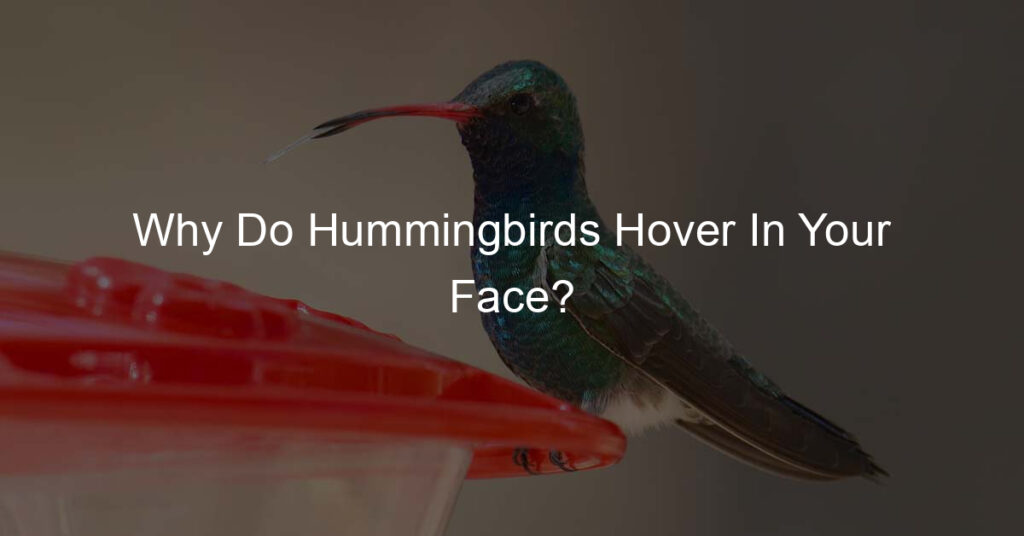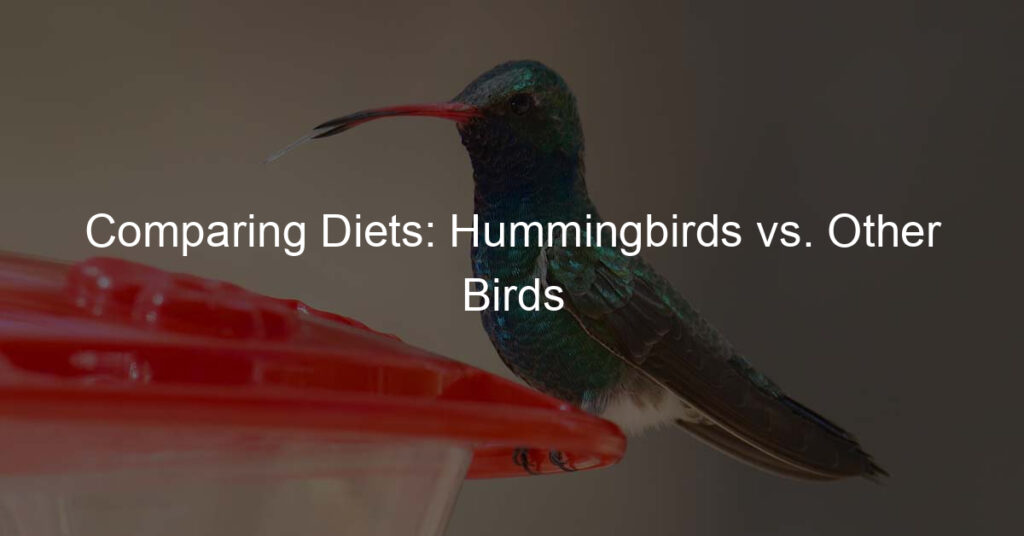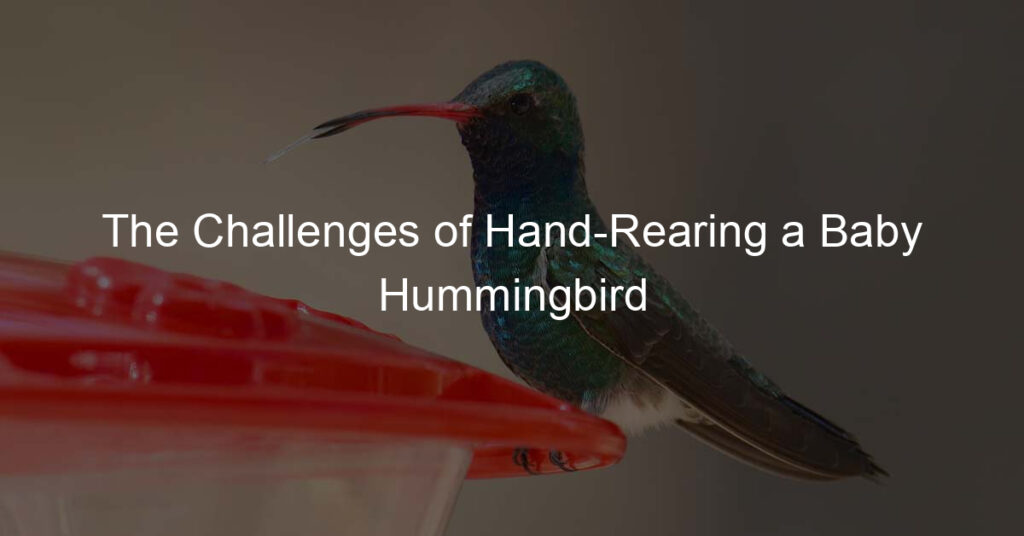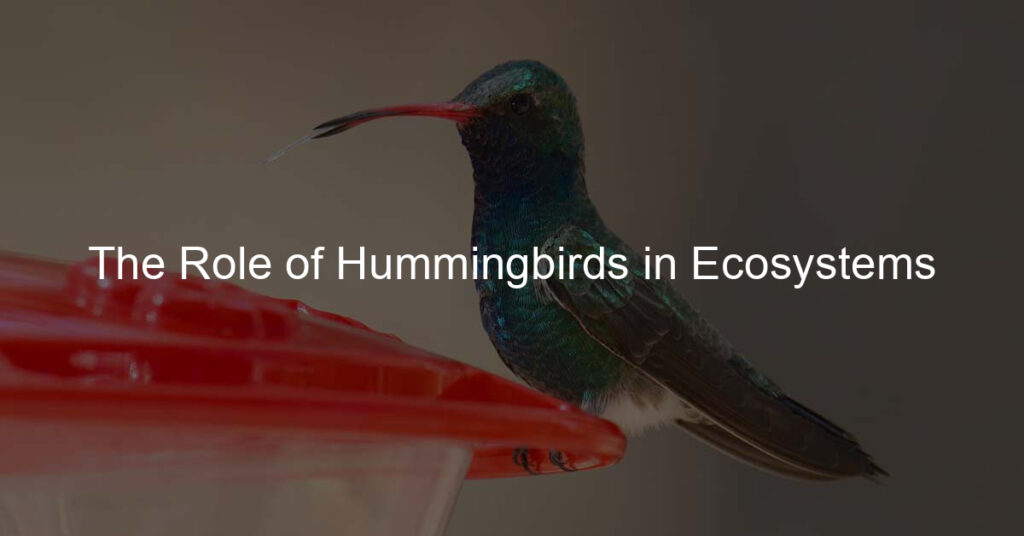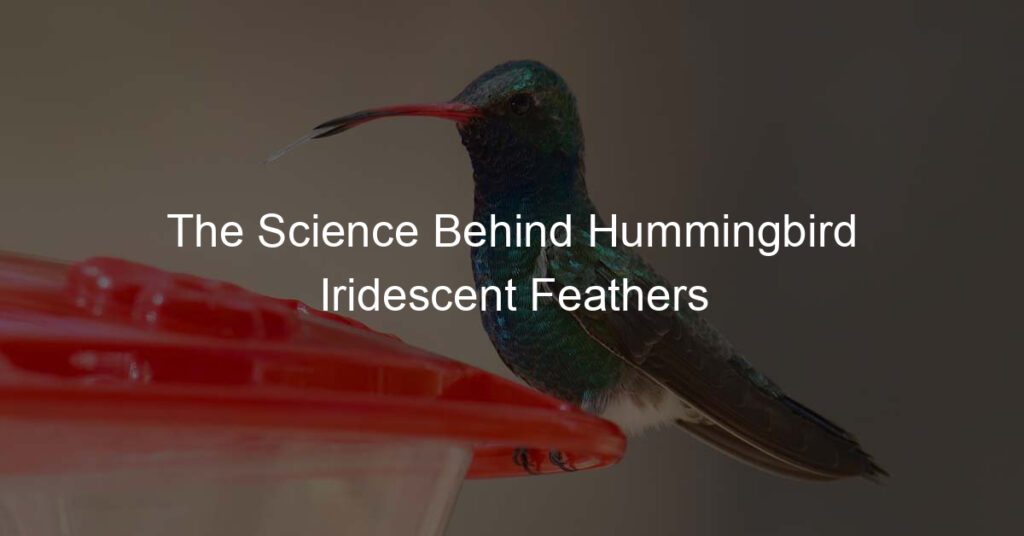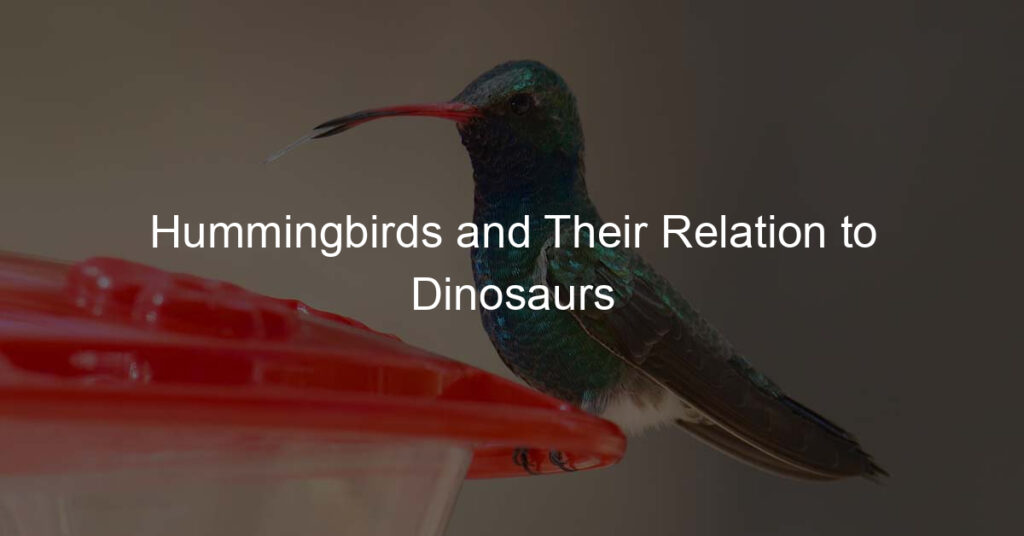Introduction: Understanding Hummingbird Behavior
Hummingbirds are fascinating creatures that have captivated the interest of bird watchers and scientists alike. Their unique behaviors and characteristics set them apart from other bird species. This article aims to provide a comprehensive overview of hummingbird behavior and debunk some common misconceptions about these tiny avian wonders.
Overview of Hummingbird Behavior
Hummingbirds are known for their rapid wing flapping and ability to hover in mid-air, a behavior that is unique to this species. They are also recognized for their vibrant colors and long, slender beaks, which they use to extract nectar from flowers. Hummingbirds are solitary creatures and are highly territorial, often engaging in aerial fights to protect their feeding areas. They are also migratory birds, traveling long distances during different seasons.
Common Misconceptions about Hummingbirds
There are several misconceptions about hummingbirds that have been widely circulated. One common myth is that hummingbirds do not have feet. This is not true; hummingbirds do have feet, but they are small and not designed for walking or hopping. Another misconception is that hummingbirds migrate on the backs of geese. In reality, hummingbirds migrate alone, often traveling thousands of miles to reach their destination. Lastly, some people believe that hummingbirds are a type of insect due to their small size and rapid wing movement. However, hummingbirds are birds, belonging to the family Trochilidae.
Understanding the behavior of hummingbirds can enhance our appreciation for these remarkable creatures and help us to create environments that support their survival. As we delve deeper into the world of hummingbirds, we will uncover more about their intriguing flight patterns, how to attract them, and why they might hover right in front of your face.
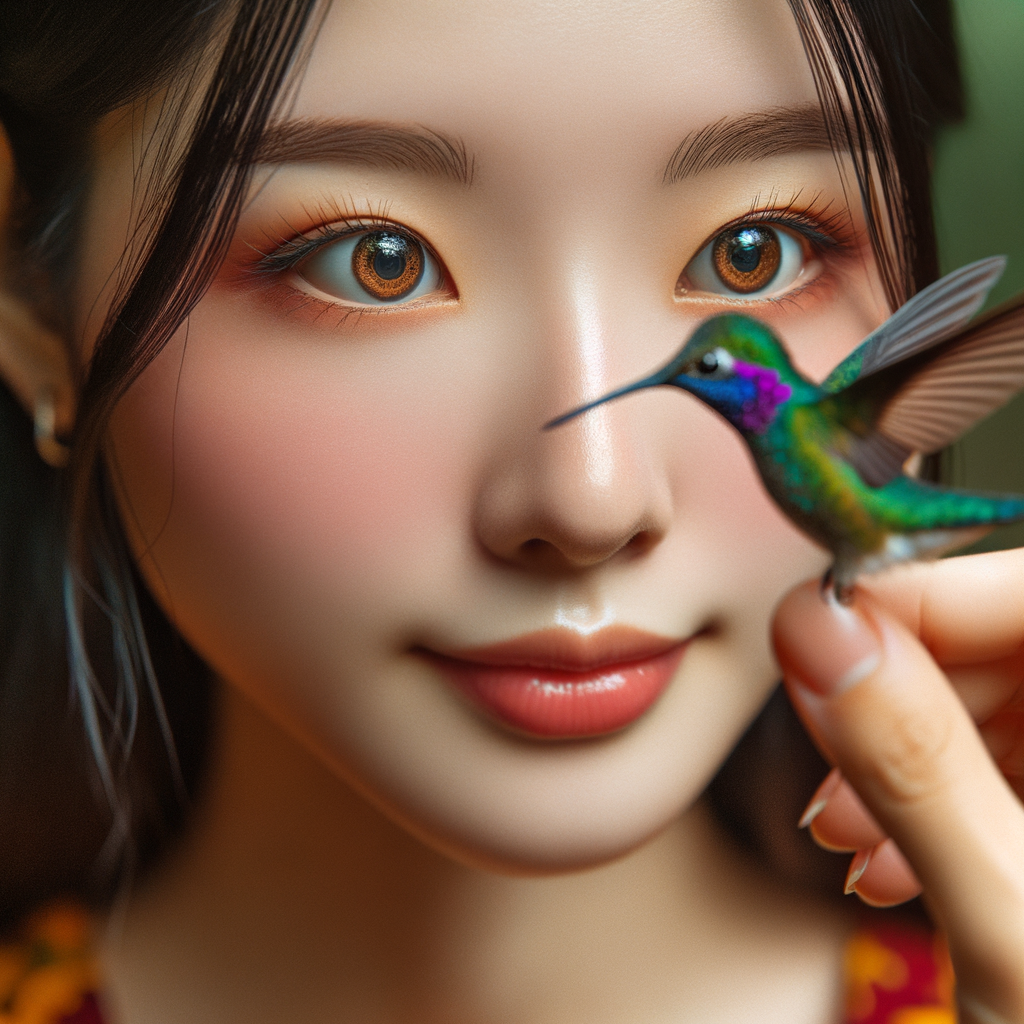
Hummingbirds Hovering: An Intrifying Phenomenon
Hummingbirds are fascinating creatures known for their unique ability to hover in mid-air. This intriguing phenomenon is a result of their specialized flight mechanics and feeding habits. Let’s delve deeper into why hummingbirds hover.
Why Hummingbirds Hover
Hovering is a distinctive characteristic of hummingbirds that sets them apart from other bird species. This ability is not just a spectacle to behold, but it also serves crucial functions in their daily lives. Here are the two main reasons why hummingbirds hover:
The Science Behind Hovering
Hummingbirds have a unique wing structure that allows them to hover. Unlike other birds, their wings are attached to the shoulder joint, which enables a full 180-degree range of motion. This means they can flap their wings in a figure-eight pattern, generating lift on both the upstroke and downstroke. This continuous lift allows them to stay stationary in the air. According to a Wikipedia article, hummingbirds can beat their wings up to 80 times per second during normal flight and over 200 times per second during courtship displays!
Hovering as a Feeding Habit
Hovering also plays a significant role in hummingbirds’ feeding habits. These tiny birds primarily feed on nectar from flowers, which requires precision and stability. Hovering allows them to maintain a stable position in front of a flower while they extend their long, slender beaks into the blossom to extract nectar. This feeding style is energy-intensive, which is why hummingbirds need to consume nearly their body weight in nectar each day!
In conclusion, the ability to hover is not just a spectacle but a survival strategy for hummingbirds. It’s a testament to their remarkable adaptation to their environment and lifestyle. So, the next time you see a hummingbird hovering, you’ll appreciate not just its beauty but also the science and survival strategy behind this fascinating behavior.
Hummingbird Interaction with Humans
Hummingbirds, with their iridescent feathers and rapid wing beats, are fascinating creatures. They are also known for their unique interactions with humans. Let’s explore why these tiny birds are attracted to us and share some interesting encounters.
Why hummingbirds are attracted to humans
Hummingbirds are attracted to humans for a variety of reasons. One of the most common is our love for bright colors. These birds are naturally drawn to vibrant hues, especially reds and pinks, which often resemble their favorite flowers. When we wear bright clothing or display colorful garden decorations, hummingbirds may mistake us for a source of nectar and approach us out of curiosity.
Another reason is our tendency to provide food sources for these birds. Many people hang hummingbird feeders filled with sugar water in their yards, which can attract a multitude of these tiny creatures. The hummingbirds associate humans with food, leading to more frequent and close interactions.
Case study: Hummingbird encounters
Let’s look at a case study that illustrates the unique relationship between hummingbirds and humans. In 2015, a woman named Abigail Alfano from Louisiana had a remarkable encounter with a hummingbird she named “Buzz”.
Abigail found Buzz in her yard, unable to fly due to a damaged wing. She nursed him back to health with a diet of sugar water and insects. During his recovery, Buzz became comfortable with Abigail’s presence, often perching on her finger while feeding. Even after his wing healed and he was able to fly again, Buzz continued to visit Abigail regularly, demonstrating the potential for a strong bond between humans and hummingbirds.
This case study is a testament to the incredible interactions that can occur between humans and hummingbirds. It’s a reminder of the role we can play in supporting wildlife and the unexpected friendships that can form as a result.
In conclusion, hummingbirds are attracted to humans due to our colorful attire and the food sources we provide. Their interactions with us can range from a simple fly-by to forming bonds as seen in the case of Abigail and Buzz. As we continue to coexist with these fascinating creatures, it’s important to respect their space and contribute positively to their survival.
Hummingbird in Your Face: Decoding the Mystery
Have you ever had a hummingbird hover near your face? This behavior can be quite surprising, but it’s not uncommon. Let’s delve into the reasons behind this fascinating phenomenon.
Understanding the Behavior
Hummingbirds are small, agile creatures known for their rapid wing flaps and hovering abilities. When they hover near faces, it’s not an act of aggression but rather a display of curiosity and exploration. Here are some reasons why this might happen:
Reasons for hovering near faces
Hummingbirds are naturally curious creatures. They are attracted to bright colors and movement, which often leads them to hover near people’s faces. If you’re wearing a brightly colored hat or shirt, or if you’re moving around in their territory, a hummingbird might come to investigate.
What it means when a hummingbird hovers near you
When a hummingbird hovers near you, it’s usually a sign of curiosity rather than aggression. They may be investigating your colorful clothing, or they may be checking you out to see if you’re a threat. Remember, hummingbirds are very small and vulnerable, so they need to be cautious about potential dangers in their environment.
Understanding the behavior of hummingbirds can help us appreciate these tiny creatures even more. So the next time a hummingbird hovers near your face, don’t be alarmed. Instead, stand still and enjoy this unique experience.
How to React
When a hummingbird hovers near your face, it can be a fascinating and thrilling experience. However, it’s important to know how to react to ensure both your safety and the bird’s. Here are some do’s and don’ts, as well as key takeaways for safe and respectful interaction.
Do’s and Don’ts when a hummingbird hovers near your face
Do’s:
Remain calm and still: Hummingbirds are usually not aggressive, but sudden movements can scare them away.
Enjoy the moment: It’s a rare and special experience, so take a moment to appreciate the beauty of these tiny creatures.
Don’ts:
Don’t try to touch: Even though it might be tempting, refrain from reaching out to touch the bird. This could frighten it and potentially cause harm.
Don’t make loud noises: Loud sounds can startle the bird and cause it to fly away.
Key takeaways for safe and respectful interaction
Respect their space: Remember that hummingbirds are wild creatures. Even though they may seem friendly, it’s important to respect their space and not interfere with their natural behavior.
Learn and observe: Use this opportunity to learn more about hummingbirds. Observe their behavior, colors, and flight patterns. This can be a great way to appreciate nature and learn about the world around us.
Interacting with hummingbirds can be a magical experience. By following these guidelines, you can ensure a safe and respectful encounter that is enjoyable for both you and the bird. Remember, we are visitors in their world, so let’s treat them with the respect they deserve.
Attracting Hummingbirds: A Guide
Creating a hummingbird-friendly environment is a rewarding experience. It not only adds beauty to your garden but also helps these tiny creatures thrive. Here’s how you can do it:
Creating a Hummingbird-Friendly Environment
Plants that Attract Hummingbirds
Hummingbirds are attracted to bright, tubular flowers that produce ample nectar. Some of the best plants to attract hummingbirds include:
Trumpet Creeper: This vine produces large, trumpet-shaped flowers that are perfect for hummingbirds.
Bee Balm: Also known as Monarda, this plant has vibrant red flowers that hummingbirds can’t resist.
Salvia: This plant comes in many varieties, all of which are hummingbird favorites.
Remember, the more diverse your garden, the more species of hummingbirds you’ll attract. For more information, check out this list of plants that attract hummingbirds.
Creating a Safe and Inviting Space
Hummingbirds need more than just nectar to thrive. Here’s how you can create a safe and inviting space for them:
Provide Fresh Water: Hummingbirds need fresh water for drinking and bathing. A shallow birdbath or a misting fountain can provide this.
Offer Shelter: Hummingbirds need places to rest and hide from predators. Dense shrubbery or a hummingbird house can provide this.
Keep Cats Indoors: Cats are a major predator of hummingbirds. If you have a cat, keep it indoors to protect your hummingbird visitors.
Remember, creating a hummingbird-friendly environment takes time and patience. But the reward of seeing these beautiful creatures in your garden is well worth the effort.
Feeding Habits of Hummingbirds
Hummingbirds are fascinating creatures with unique feeding habits. Understanding these habits can help us create an environment that attracts and nourishes them.
Understanding Hummingbird Feeding Patterns
Hummingbirds primarily feed on nectar from flowers. They have a fast metabolism and need to eat frequently – about every 10-15 minutes. Their long, slender beaks and tongues allow them to reach deep into flowers to access the nectar. At times, they also feed on small insects and spiders for protein, especially during the breeding season. Hummingbirds are attracted to brightly colored flowers, especially red ones. They have excellent memory and remember every flower they have been to, and how long it will take a flower to refill.
Best Practices for Feeding Hummingbirds
If you want to attract hummingbirds to your garden, consider setting up a hummingbird feeder filled with a homemade nectar solution. This solution can be made by mixing four parts water with one part white granulated sugar. Avoid using honey, brown sugar, or artificial sweeteners as these can be harmful to hummingbirds. Also, there’s no need to add red dye to the solution; the bright color of the feeder itself will attract the birds. Remember to clean the feeder and change the solution every few days to prevent mold and fermentation.
By understanding the feeding habits of hummingbirds and implementing these best practices, you can enjoy the delightful presence of these beautiful creatures in your garden.
Hummingbird Flight Patterns: A Closer Look
Hummingbirds are fascinating creatures, known for their vibrant colors and unique flight patterns. Let’s take a closer look at how these tiny birds manage to fly in ways that are unlike any other bird species.
Understanding Hummingbird Flight
Hummingbird flight is a marvel of nature. It’s not just about their speed, but also their ability to hover, dart, and even fly backwards. Let’s break down the unique characteristics of hummingbird flight and how they achieve hovering.
Unique characteristics of hummingbird flight
Hummingbirds are the only birds that can fly in all directions: up, down, forward, backward, and sideways. They can even hover in mid-air, a feat that no other bird can achieve. This is possible due to their unique wing structure. Unlike other birds, hummingbirds have a ball-and-socket joint at the shoulder that allows their wings to rotate almost 180 degrees.
How hummingbirds achieve hovering
Hovering is one of the most fascinating aspects of hummingbird flight. They achieve this by flapping their wings in a figure-eight pattern, which creates lift on both the upstroke and the downstroke. This unique wingbeat pattern, combined with their rapid wing speed of up to 80 beats per second, allows them to hover in place with remarkable precision.
Understanding the flight patterns of hummingbirds can help us appreciate these tiny birds even more. Their unique flight abilities are a testament to the wonders of nature and evolution. For more information about hummingbirds and their flight patterns, you can visit this Wikipedia page.
Hummingbird Curiosity: A Natural Trait
Hummingbirds are fascinating creatures, known for their vibrant colors and rapid flight. But there’s another trait that sets them apart – their curiosity. Let’s delve into this intriguing aspect of their behavior.
Exploring the curious nature of hummingbirds
Hummingbirds are naturally curious creatures. They are constantly on the move, exploring their surroundings in search of nectar. This curiosity is not just limited to their search for food. They are also known to investigate new objects in their environment, whether it’s a brightly colored flower or a shiny piece of jewelry. This curiosity is a testament to their intelligence and adaptability. It’s what allows them to thrive in a variety of habitats, from the lush rainforests of South America to the suburban gardens of North America.
How curiosity influences hummingbird behavior
Curiosity plays a significant role in shaping the behavior of hummingbirds. Their inquisitive nature drives them to explore new territories, leading to a wider range of food sources and nesting sites. This curiosity also makes them quick learners. They can remember the locations of hundreds of flowers and feeders, and they quickly learn which ones provide the most nectar. This ability to learn and adapt is crucial for their survival, especially in changing environments.
Moreover, their curiosity often leads them to interact with humans. Don’t be surprised if a hummingbird hovers near you, seemingly studying you with its tiny, bright eyes. It’s just their curiosity at work!
In conclusion, the curiosity of hummingbirds is a key aspect of their behavior. It drives their exploration, learning, and adaptation, making them one of the most fascinating creatures in the animal kingdom.
Conclusion: Embracing the Mystery of Hummingbirds
As we come to the end of our exploration into the fascinating world of hummingbirds, let’s take a moment to recap the key points and marvel once more at the wonder of these tiny creatures.
Recap of key points:
Throughout this blog post, we’ve delved into various aspects of hummingbird behavior. We’ve learned about their unique ability to hover in mid-air, a phenomenon that continues to intrigue scientists. We’ve also decoded the mystery behind their bold, in-your-face behavior, understanding that it’s a protective mechanism rather than an aggressive one.
We’ve provided a guide on how to attract these beautiful birds to your garden, and taken a closer look at their flight patterns, which are as complex as they are mesmerizing. All these insights help us appreciate the intricate design and behavior of hummingbirds.
Final thoughts on the wonder of hummingbirds:
Hummingbirds, with their iridescent feathers and rapid wing beats, are truly one of nature’s marvels. Their unique behaviors and flight patterns are a testament to the wonders of evolution and adaptation. They remind us of the beauty and mystery that exists in our natural world, often right in our own backyards.
As we continue to learn more about these fascinating creatures, let’s not forget to appreciate their presence and do what we can to protect their habitats. After all, the world would be a less colorful and enchanting place without them.
Thank you for joining us on this journey into the world of hummingbirds. We hope you’ve enjoyed it as much as we have, and that you’ve gained a deeper appreciation for these tiny wonders of nature. Remember, the mystery of hummingbirds is a mystery to be embraced, not solved. So, let’s continue to marvel at their beauty and be inspired by their resilience.

